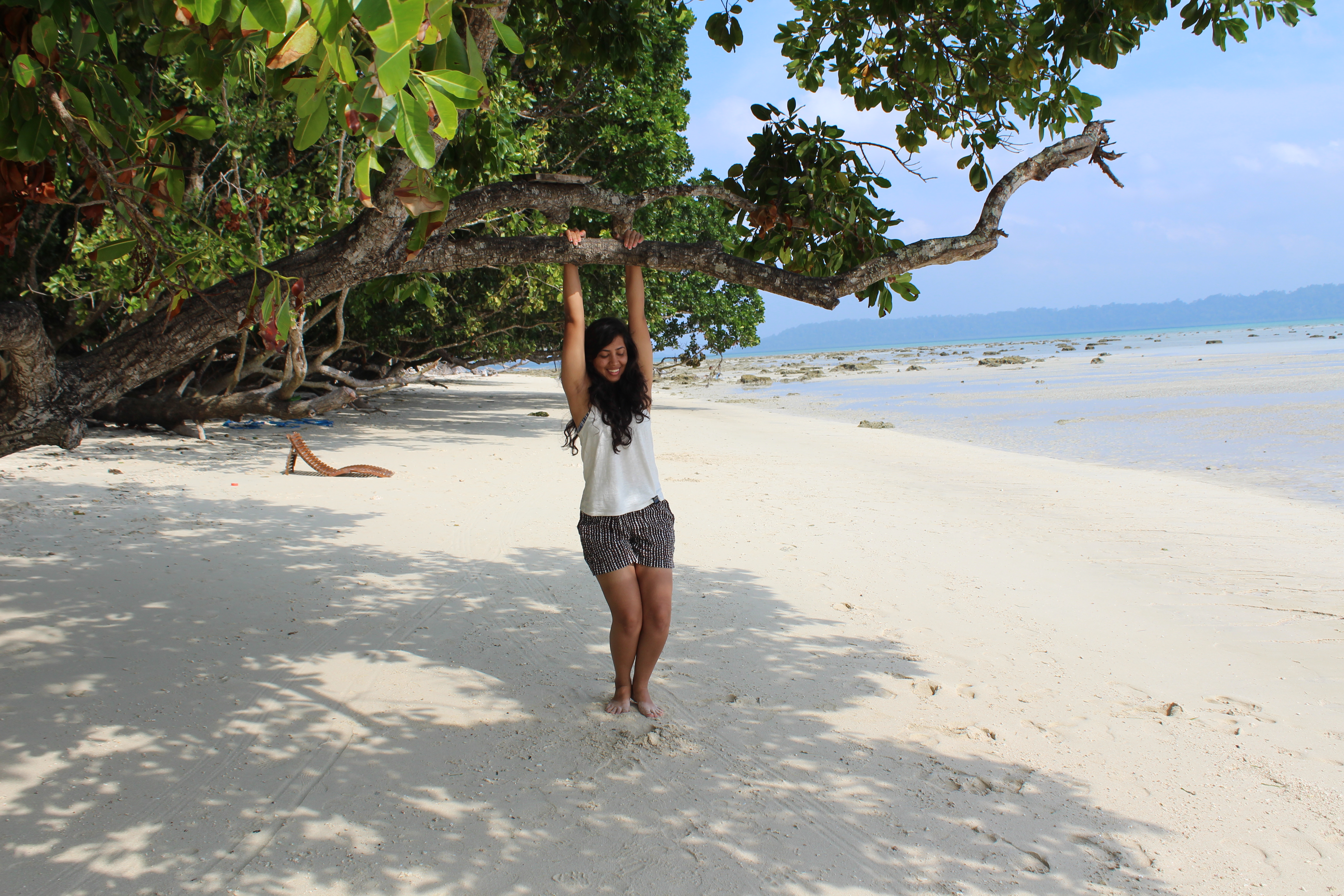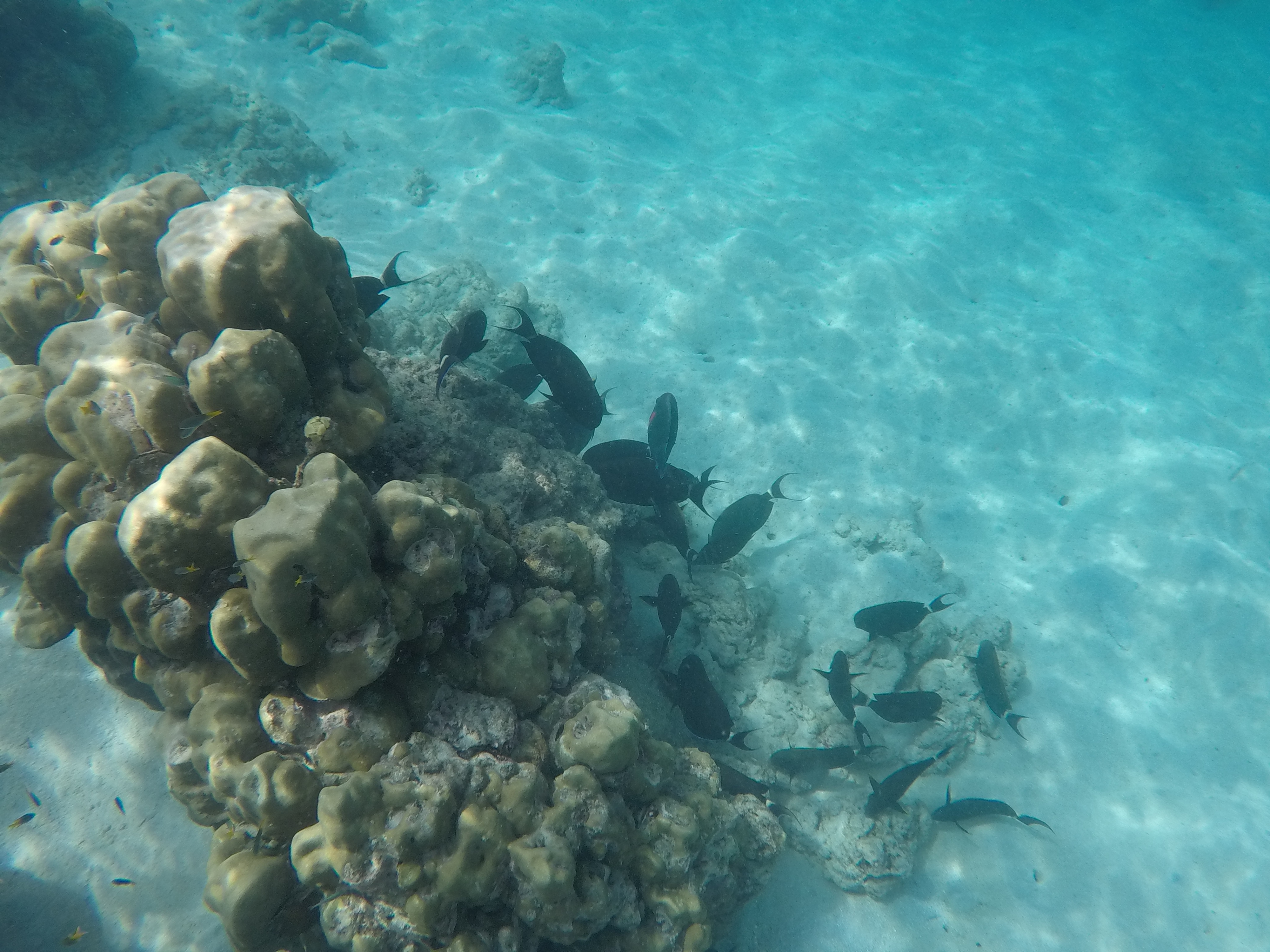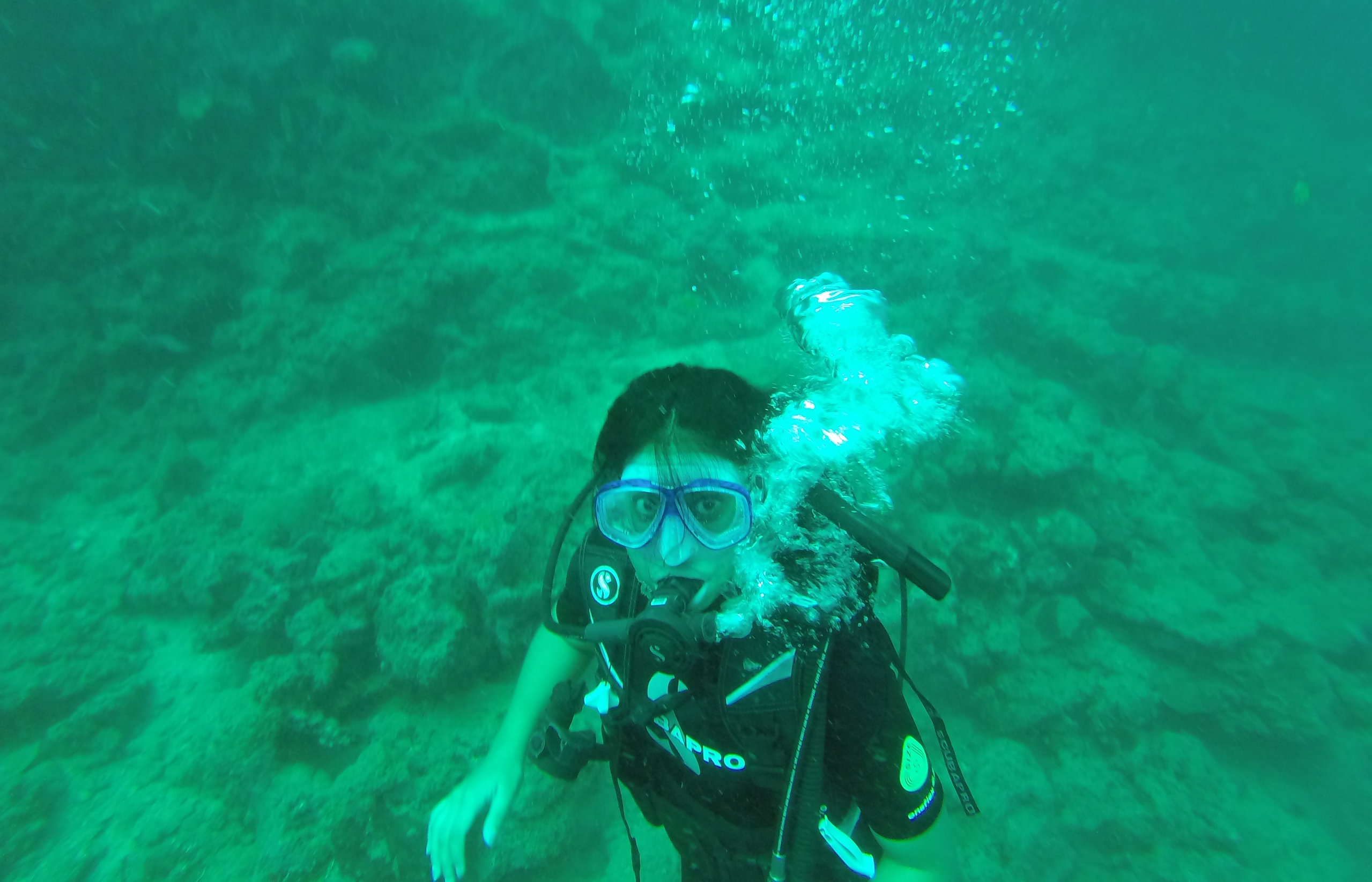Havelock is one of the most gorgeous islands in South East Asia, a part of the Andaman and Nicobar Islands off the east coast of India. It may not be well connected with internet or very modern transport facilities but it is connected remarkably well with the life underwater. Its crystal clear waters perfectly giving a glimpse of the myriad shades of corals and aquatic beings.
I visited Havelock back in 2018 with my friends, just booking our tickets, enthusiastically signing up for an open water certification course and turning up there to discover the best surprise we could have hoped for. Before the trip, I had no idea about scuba diving, how difficult it was for beginners, what does a dive entail, if I had the stamina to do as many dives required for the course, and most importantly would I even enjoy it.
The special thing about Havelock is that it sits in an area that has relatively less exposure. On top of that, strict rules governing tourism and other activities control the influx of people and good environmental morals among locals help to keep the balance maintained for everyone- tourists, scuba divers, and the sensitive marine beings.

As it happened
The planning was done with part research, bookings, ferry tickets, and course confirmations. It is really important to plan in advance because of limited availability and sporadic network which makes most accommodations rely on offline bookings.
I spent a week at Havelock following a daily routine, dedicating all the time to scuba adventures while taking a break from the digital world. This is what I honestly expected because my sole purpose from the vacation was to complete the diving course. I would wake up well before sunrise, dress up in diving suit to reach Beach no.3 also called as Nemo Reef where my main lessons and dives started from.
The dives begin from Day 1 itself, following a detailed run through of the equipments and how to assemble them. My first experience of breathing through the cylinder underwater was overwhelming, and I took my time to get used to it. I got basic lessons related to buoyancy, equalizing, navigating underwater, and most importantly communicating with my buddy and instructor. From then on, it didn’t become less easier, but it definitely got more fun!
Under the surface, what helped calm my fears was a magical feeling of entering a world that was till now hidden from me. The deeper and farther I went from the shore, more layers of wonder came to light. There were so many kinds of fishes easily spottable, clown fish (which we all know as Nemo), trevally (another common species found on this island), starfish, tuna, and many more. My best part was witnessing big schools of one species capturing all the space around them. They look fearsome but also vastly in their own world, indifferent to the few spectators who had come all this way.

I spent most of the time at sea, the remaining time after afternoons at recharging with tasty meals. With continuous dives, it is important to eat and rest well. The evenings went by studying for the theory part, with not much extra time to spare. Days started and ended early. By five o’clock, the island’s own clock would be way behind the Indian Standard Time paving way for quieter nights. My accommodation was a rusty tree hut with no soundproofing right on a beach, and sleeping to the sound of waves seemed to refresh me for the next day.
I usually take smaller vacations for 3-4 days and they feel enough, but here I was for 1 week, exhausted and sunburnt, but the week got over before I could realise it. I got time to explore other parts of the island, mainly the award winning Radhanagar Beach, but I felt like there was more I wanted to do on the island. More adventures I wanted to experience, more fishes I wanted to greet, and more days I wanted to spend by the beach. Hopefully there would be another day for that.
I was able to complete the scuba diving course with a collective motivation, a will to dedicate 8-10 days, and ofcourse the beauty of this island and its surroundings. The trip gave me an experience that I am going to cherish forever, a new favorite hobby, and an ability to understand the underwater world through my own lens. It also showed me how some of the remarkable places on this planet look and feel like, giving me an inspiration to keep pebbling around.
Noting down below more logistic side of things. Drop in a comment or question below if you want to know more about something!
Requirement for scuba diving?
- For open water course, swimming is mandatory. One should be able to pass a swimming test of 200 meters without support.
- For non-swimmers, a good option is a try-dive which is a guided one time dive in shallow depths.
How to reach Havelock?
- The nearest airport is Port Blair. There are plenty of direct flights from major cities in India.
- Port Blair to Havelock is a 2-3 hour ferry.
- There are 2 private and 1 government ferry service and it is highly recommended that you book tickets well in advance during tourist season.
Dives
- For a proper course, you must book this at least weeks in advance.
- For a fun dive for the ones having a license already, this can be arranged on the spot itself.
- For a guided try dive for beginners, many tourist agencies and diving schools organize it, again easy to book.
- There are plenty of Diving schools on the island to choose from. Read through current reviews and select what best suits you.
- I did my course through Safety Stop Diving School and was quite happy with how they guided and made the experience really enjoyable.
Certification
- The first step is the open water course which has 4 dives and other lessons, and takes about 5-7 days.
- After that, there are advanced courses and specialisations.
- The courses are certified by PADI mostly, which is an international organisation of diving instructors. The benefit of this is once certified, your license is valid around the globe.
Stay Options
- I stayed at Emerald Gecko, an eco-friendly tree huts resort right on the beach.
- It was comfortable, charming, provided good service, was light on our pockets and very very close to nature.
- Some other nice options were close to Radhanagar beach which is on the west side of the island, but we opted to stay closer to our diving spot
Recharge
- There are some great restaurants on the island, and it was easy to find our favorites and have the time to repeat our meals there.
- Some recommendations that serve a good variety are Full Moon Cafe, Anju Coco, Fat Martin, and Something Different.
Facilities on the island
- Scooters are easily available for rent and are the most recommended way to travel.
- There are also autos easily available at port or other popular beaches on the island.
- Most transactions depend on cash and there are only 1-2 ATMs on the island, so something to plan accordingly.

